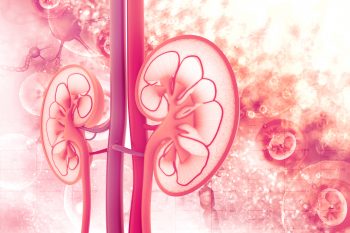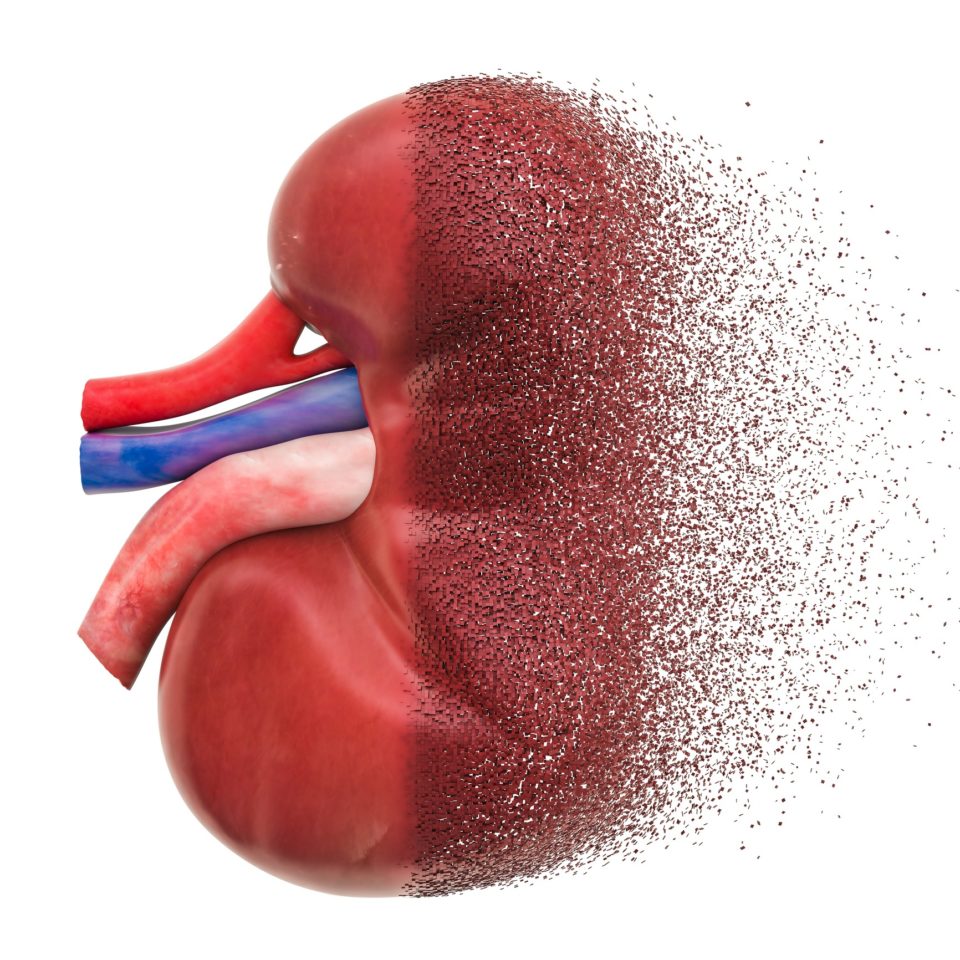
Researchers, led by Ajay Sharma, conducted a study designed to develop and validate a predictive model to identify patients with chronic kidney disease (CKD) stage 3 or 4 at high risk for progression to kidney failure over a 24-month period. Results were reported during a poster session at Kidney Week 2019 in a poster titled A Predictive Model for Progression of CKD to Kidney Failure Using an Administrative Claims Database.
The model was developed and validated using data from a retrospective claims database from a large US payer of patients with CKD stage 3 or 4. The study included a 12-month baseline period (2015) and a 24-month prediction period (2016-2017). Inclusion criteria were ≥18 years of age without dialysis or kidney transplant and enrollment for at least 36 months.
Kidney failure was defined as estimated glomerular filtration rate of <15 mL/min/1.73 m2, or dialysis or kidney transplant; or one diagnosis according to International Classification of Diseases, Tenth Revision, Clinical Modification codes during the prediction period. A model to estimate the 2-year probability of kidney function was developed using multivariate logistic regression as a function of baseline covariates. The performance of the predictive model was assessed using area under receiver operating characteristic (ROC) curve (AUC), calibration, gain, and lift charts.
A total of 74,114 patients were included. Of those, 3.34% (n=2476) had incident kidney failure during the prediction period. Variables included in the predictive model were age, sex, CKD stage, hypertension, diabetes mellitus, congestive heart failure, peripheral vascular disease, anemia, hyperkalemia, and poor adherence to renin-angiotensin-aldosterone system inhibitors. The strongest predictors were CKD stage (4 vs 3), hypertension, diabetes mellitus, and hyperkalemia. The ROC curve and calibration analyses in the validation sample showed good predictive accuracy (AUC=-.834) and good calibration.
In conclusion, the researchers said, “This predictive model provides a good level of accuracy in identifying CKD patients at high risk of progressing to kidney failure up to 2 years in advance in a national health plan with over 10 million lives. Early identification using this model could potentially lead to improved health outcomes and reduce healthcare expenditures.”
Source: Sharma A, Alvarez PJ, Woods SP, Fogli J, Dai D. A predictive model for progression of CKD to kidney failure using an administrative claims database. Abstract of a poster presented at the American Society of Nephrology Kidney Week 2019 (Abstract TH-PO382), November 7, 2019, Washington, DC.






 © 2025 Mashup Media, LLC, a Formedics Property. All Rights Reserved.
© 2025 Mashup Media, LLC, a Formedics Property. All Rights Reserved.